A Quick Guide to Urban Farming
April 22 is Earth Day, a time to celebrate all our planet has to offer and to commit to protecting the environment. Global celebrations include everything from neighborhood clean-ups to recycling events. One way to celebrate at a grassroots level is by planting a garden! Not only do backyard gardens support pollinators, they also reduce our reliance on corporate farms and imported produce, thus reducing our carbon footprint.
To that end, urban farming can be a fun way to produce your own nutritious and sustainable food supply for your family while learning about self-sufficiency and gardening. Though urban farming likely won’t replace your household’s entire food intake, it is an environmentally friendly complement that can help lower your grocery budget over time.
What is Urban Farming?
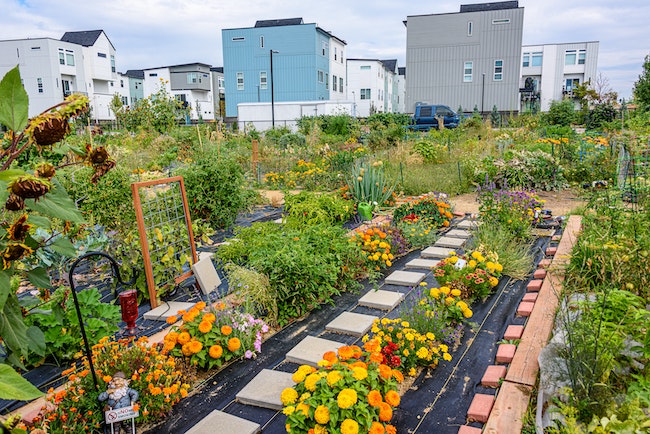
Urban farming, also known as urban agriculture, comes in many forms. Whether it’s a backyard or rooftop garden, a community agricultural space, or a small balcony plot, urban farming is the practice of cultivating food by those who live in cities, densely populated areas, and even suburbs.
Urban farming not only results in fresh food, it also promotes sustainability, health, and a connection to nature. Whether you’re looking to grow a few simple fruits and vegetables or seek to cultivate a flourishing garden, here’s how you can get started.
Plot Out Your Garden
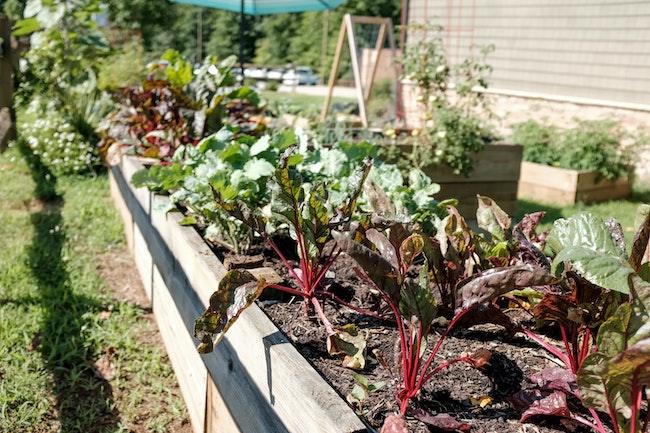
Whether you have a spacious backyard waiting to be tilled into gardening heaven or a smaller, unused section of your flower beds, how much space you’re working with will determine the arrangement of your urban farm. Research the crops you intend to plant and how much space they require, then take measurements in your gardening space before buying materials.
Although you can plant directly in the ground, raised garden beds are a common method. They make it easier to sow, weed, and water, and they can help prevent critters from destroying your crops. Raised garden beds should be anywhere from six to thirty-six inches deep.
Plant Your Garden
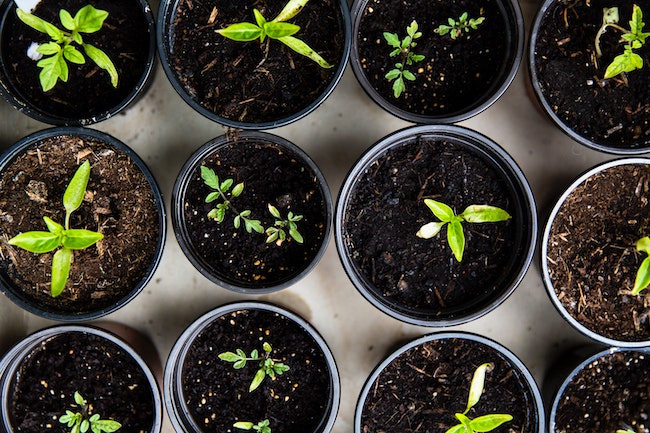
Once you’ve plotted out your garden space, there are a series of decisions to make about your garden; namely which crops you want to grow, how you’ll pot other plants and flowers, whether you’re going to start from seeds or seedlings, and deciding between manual and automatic watering. Growing from seeds will take much longer, but they are less expensive and provide a fun learning opportunity for kids if sprouted indoors before transplant. Seedlings cost a bit more, but will speed up the growing process.
Creating an automatic watering system requires an upfront investment, but you’ll save time, and you won’t have to worry about under-watering or dehydrating your garden. Consider drip irrigation to target the root of the plant and avoid unnecessary runoff. You can find everything you need at the nurseries and gardening centers throughout the greater Sacramento area.
Consider Seasonal Planting
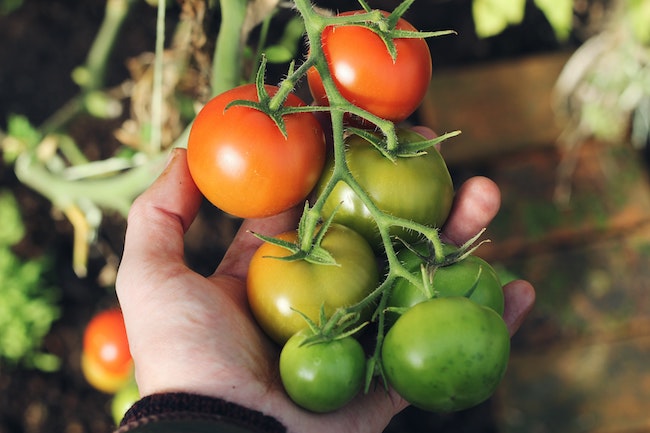
The greater Sacramento area has a temperate climate, meaning year-round planting and harvesting for most crops. April and May are the best months to plant tomatoes, peppers, cucumbers, squash, and melons, while fall is a good time to plant beets, carrots, garlic, lettuce, and broccoli. Late winter is the best time to plant beans and peas. You can learn more about what to plant from the Master Gardeners of Sacramento County.
Raise Chickens & Keep Bees

Urban gardening goes beyond just fruits and veggies. In many areas, you can also keep chickens and bees for fresh eggs and honey! Before you get started, check your local zoning ordinances; there are often limits on the number of chickens and often, roosters are excluded. For beekeeping, many municipalities limit the number of hives allowed in residential areas.
If you intend to raise chickens, you’ll need to build a coop first. The size of your chicken coop will depend on whether your chickens are able to forage outside the coop or not. If you have the space to let the chickens out, allow two to three square feet per bird in the coop. If the chickens must stay in the coop, you’ll want to make sure they have plenty of space, so it’s recommended to allow five to ten square feet per bird.
The key features of a chicken coop include roosts, nest boxes, dust baths, lighting, and protection from local predators. Search online or locally for pre-made chicken coops that fit your property’s needs or make it a DIY project. A commercial poultry feed will provide your chickens with the basic nutrients they need, but keep in mind that many foods outside of their normal diet can alter egg flavor and have adverse health effects. So, if you’re thinking about incorporating table scraps into their diet, make sure those foods agree with their systems before doing so.
To keep bees at home, start by reaching out to local beekeeping associations to inquire about purchasing bees and when you can expect your colony to arrive. Once you have a timeline set, you can go about gathering supplies. There are two common hive systems used for keeping bees: a Langstroth hive, which is a system of stacked rectangular boxes with removable frames; and a top-bar hive, which is a series of horizontally connected boxes. Gear up by purchasing protective beekeeping clothing, tools, and feeding supplies. After you introduce your bees to their new hive, continually monitor their behavior and tend to their seasonal needs. Spring is generally the best time of year to start a hive, because it gives bees plenty of time to build up their colony and produce and store honey before winter arrives.
Urban Gardening as a Lifestyle
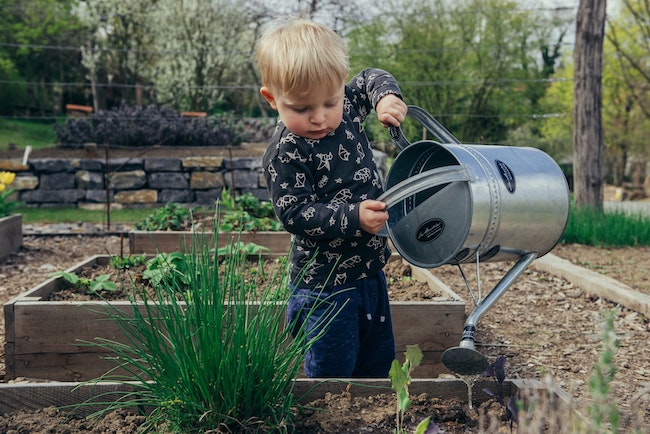
Whether you want to grow fruits or veggies or keep chickens or bees, there are plenty of options for urban farming in the greater Sacramento area. By following a few basic tips, it’s possible to have fresh food year-round, not to mention a rewarding hobby for your entire family.
This post originally appeared on Windermere Real Estate’s blog, courtesy of Sandy Dodge.
Category Home Inspiration
Elizabeth Penney
Elizabeth Penney is a content writer for Lyon Real Estate and the Lyon Local blog. A Sacramento native with a marketing background, she shares her insider knowledge on restaurants, attractions and outdoor activities throughout the greater Sacramento area and beyond.

